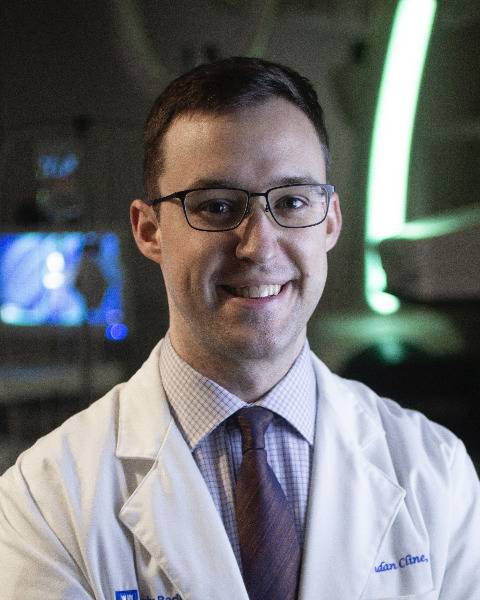SIR 2025
General IR
Scientific Session
Retrospective Review of Outcomes Following Apheresis Port Placement

Nicholas Perkons, MD, PhD (he/him/his)
IR-DR Resident
Duke University, United States
Brendan Cline, MD
Assistant Professor of Radiology
Duke University Health System, United States- JR
James Spencer Clayton Ronald, MD, PhD, FSIR
Associate Professor of Radiology
Duke University Health System, United States 
Paul Suhocki, MD
Associate Professor of Radiology
Duke University Medical Center, United States
Jonathan G. Martin, MD (he/him/his)
Associate Professor of Radiology
Duke University Health System, United States- WP
Waleska Pabon-Ramos, MD, MPH (she/her/hers)
Associate Professor of Radiology
Duke Health, United States 
Nicholas T. Befera, MD
Assistant Professor of Radiology
Duke University, United States- DJ
David Johnson, MD
Assistant Professor
Duke University, United States .jpg)
Eric Mastria, MD, PhD
Assistant Professor of Radiology
Duke University Health System, United States- AS
Alex Solomon, MD
Assistant Professor of Radiology
Duke University, United States 
Charles Y. Kim, MD, FSIR
Professor and Chief of Interventional Radiology
Duke University, United States
Presenting Author(s)
Author/Co-author(s)
Long-term apheresis has traditionally been accomplished with tunneled large bore catheters due to the required high flow rates. Apheresis ports, recently approved in 2017, provide an implantable solution capable of supporting flow rates sufficient for apheresis but with very limited published data on clinical outcomes. The purpose of this study was to evaluate outcomes after apheresis port placement in a large cohort.
Materials and Methods:
Retrospective review identified 205 apheresis ports (Powerflow, B.D., Tempe, AZ) placed in 132 patients between 09/2017 and 08/2024. All ports were placed via the internal or external jugular vein. Port infection was defined as port removal for the indication of infection. Port dysfunction was defined as catheter interrogation due to inability to aspirate. Chi-square testing was performed for comparison of categorical variables and cox proportional hazard models were used for time-to-event analyses.
Results:
The most common indications were GVHD (28.8%), transplant rejection (28.8%), and sickle cell disease (27.3%). In 105 procedures, a single port was placed, and in 50 procedures, two ports were placed. For patients with two ports, 47 were placed in the same vein. Port removal due to infection occurred on 27 occasions (13.2% of removals) with 0.02 port infections per 100 catheter days. Neither venous access site nor indication for placement correlated significantly with port infection. Of ports referred for dysfunction, 30 required removal with 0.02 dysfunctional port removals per 100 catheter days; frequently referral for dysfunction was found to be secondary to difficulty with access and did not require removal. Ports placed for sickle cell disease were more likely to be removed for dysfunction (p< 0.01).
Conclusion:
Implantable apheresis ports demonstrate excellent long-term performance with very low infection and dysfunction rates that are substantially lower than historical rates for tunneled catheters. A substantial proportion of referrals for dysfunction may be due to access error rather than intrinsic abnormality.


.jpg)